Silver City Museum collects the stories of Mexican Americans who were largely excluded from the town's history.
SILVER CITY — The dress in the display window at the downtown boutique was like catnip to a teenage Patsy Madrid. She imagined herself twirling its full blue skirt at a dance, maybe catching the eye of one of the high school baseball players.
But when she walked into the store with a fistful of babysitting dollars and asked to try the dress on, the owner refused.
“Honey, you don’t have that kind of money,” she remembers the woman saying.
In the late 1950s, the hurtful comment was one of many flung at the Hispanic community, whose labor was crucial to the prosperity of this historic mining town in Southwest New Mexico. Madrid took her savings and bought a pair of dresses at a department store across the street.
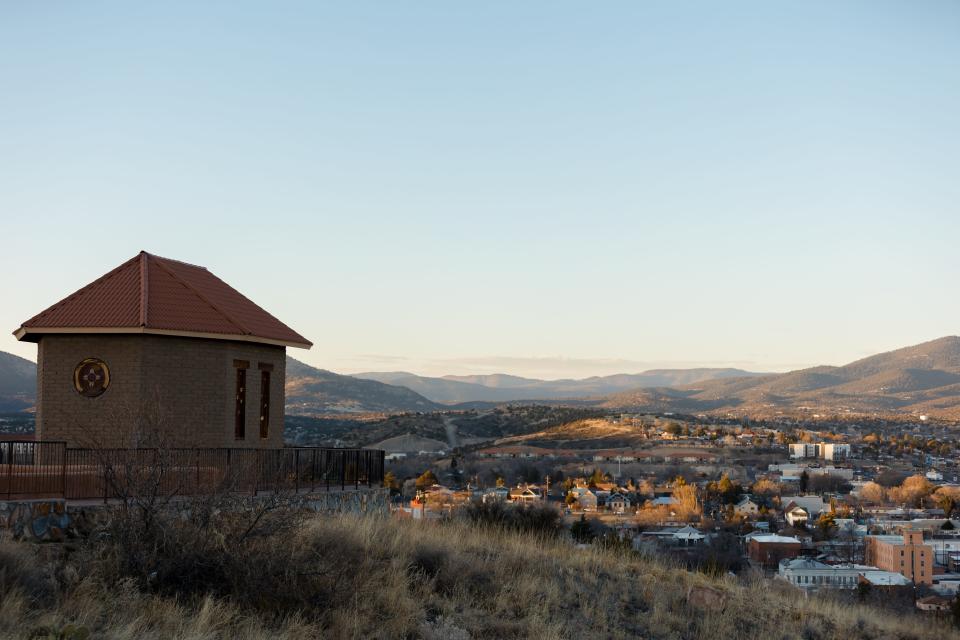
Forty years later, after retiring from a career as a substance abuse and mental health therapist, Madrid bought the boutique from the same woman who drove her out.
“I paid cash for the building and before I signed, I looked at her said, 'You know, isn't it funny? Many years ago, you told me I couldn't afford to buy a dress here and now I'm buying the whole damned store.' The owner just put her head down and didn’t say a word,” she said. “It felt so good.”
Madrid’s story is one among dozens that the Silver City Museum is actively collecting as part of an oral history project focused on the town’s oldest Mexican American neighborhood, locally known as Chihuahua Hill. The project is headed by Javier Marrufo, the new 30-year-old curator of the museum, whose family ties to Chihuahua Hill go back at least five generations.
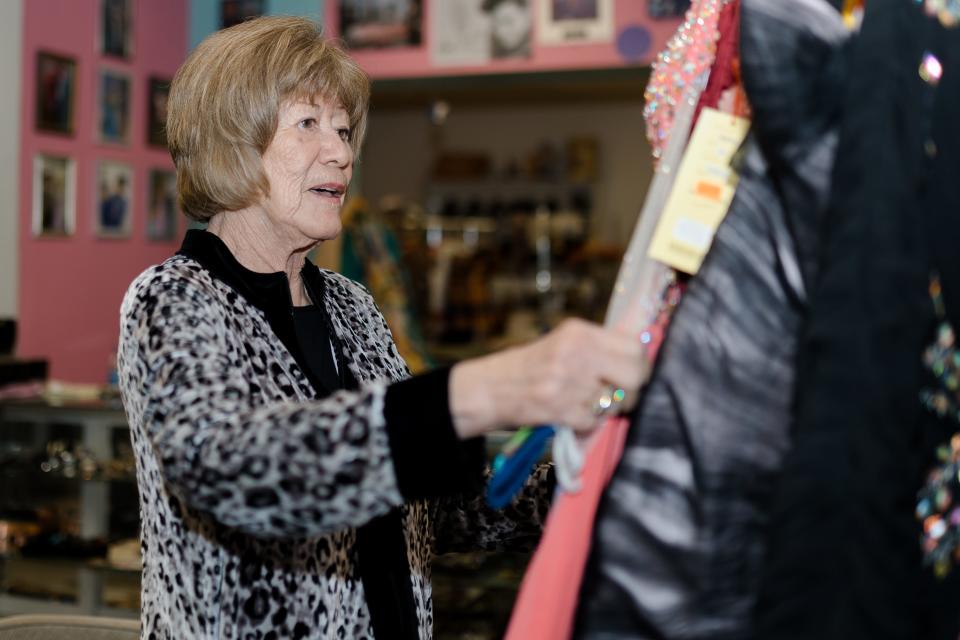
Chihuahua Hill was listed on the National Register of Historic Places 38 years ago. Yet the initial 1982 application for the listing has more details about the architecture of the neighborhood than information about the people who lived there.
“Unfortunately, little is recorded of the careers of the Hispano-Americans who came to Silver City and whose homes remain today in Chihuahua Hill,” surveyor Drusilla Claridge writes in the application. “Local newspapers at the time did not consider the lives of the inhabitants newsworthy due to the prejudicial attitude of those times.”
Those prejudicial attitudes endured for decades and their damaging effects are still evident in the sense of self-worth of many Chihuahua Hill residents. Marrufo noticed this immediately when he first started asking residents to participate in the oral history project.
“People would say things like, "Well, nothing ever happened here,' and 'What's so important about to Chihuahua Hill?’” he said.
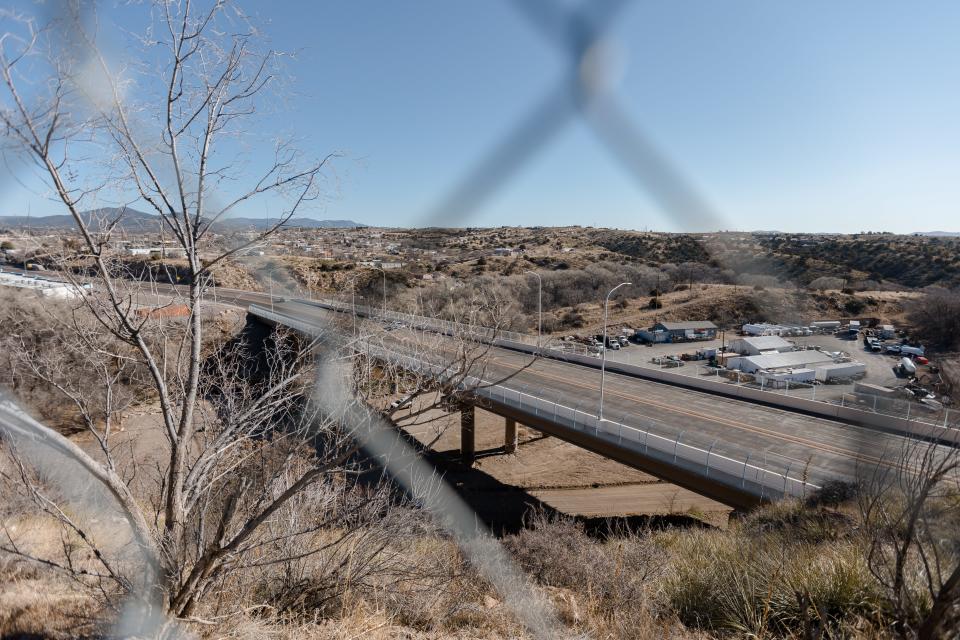
Bringing awareness to an 'invisible' community
Records indicate Chihuahua Hill began as a community of Spanish-speaking sheep and goat herders almost a century before the 1870 silver rush that established Silver City. The herders lived in a marshland surrounded by juniper-studded hills known as San Vicente de la Cienega, named after the patron saint of the poor. The herders’ animals supplied meat to nearby copper and gold miners who predated the silver prospectors.
Silver City’s Hispanic population was double that of its non-Hispanic white population three years after the town’s incorporation. The 1873 census recorded 700 Hispanics to 350 non-Hispanic whites. The name Chihuahua Hill might have stuck because most of its residents had ties to the Mexican state of Chihuahua. Mexican entrepreneur, Lorenzo Carrasco, smelted the first marketable silver bullions in Silver City, according to local historians Susan Berry and Sharman Apt Russell. They write that by 1873 Carrasco had treated an estimated 300 tons of ore and generated $200,000. Other high profile Hispanics from that time included businessmen, a town councilman and a former Mexican colonel who joined Silver City’s first volunteer fire department.
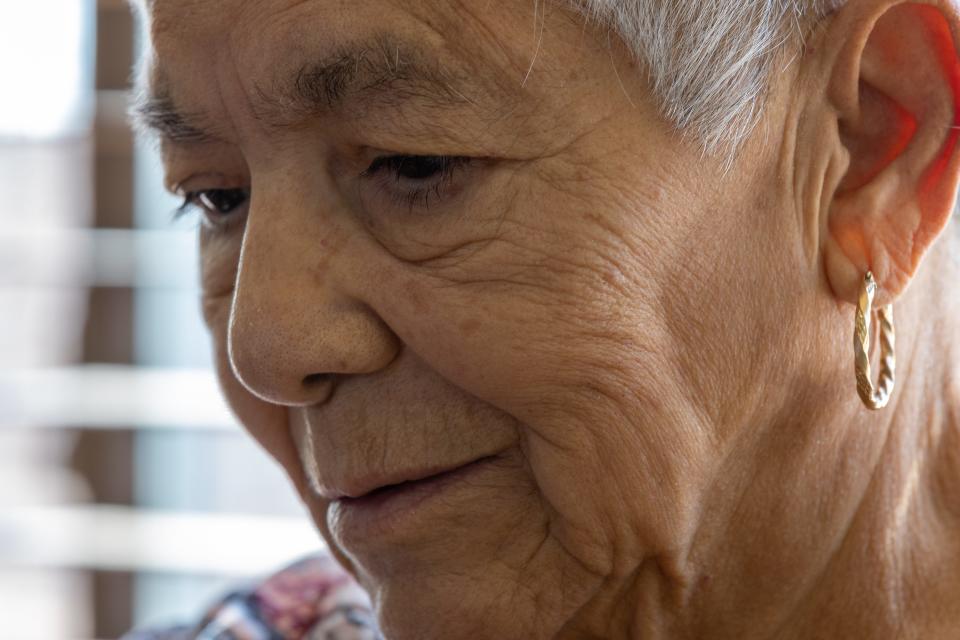
Less is documented about Chihuahua Hill’s working-class residents, many of whom labored in the regional mining industry. Director Bart Roselli said the Silver City Museum, which is funded and operated by the local government, is itself guilty of ignoring a neighborhood which begins one block south of its front door.
“Here is an institution claiming to represent its community and the closest neighborhood is invisible in the museum's collections,” Roselli said.
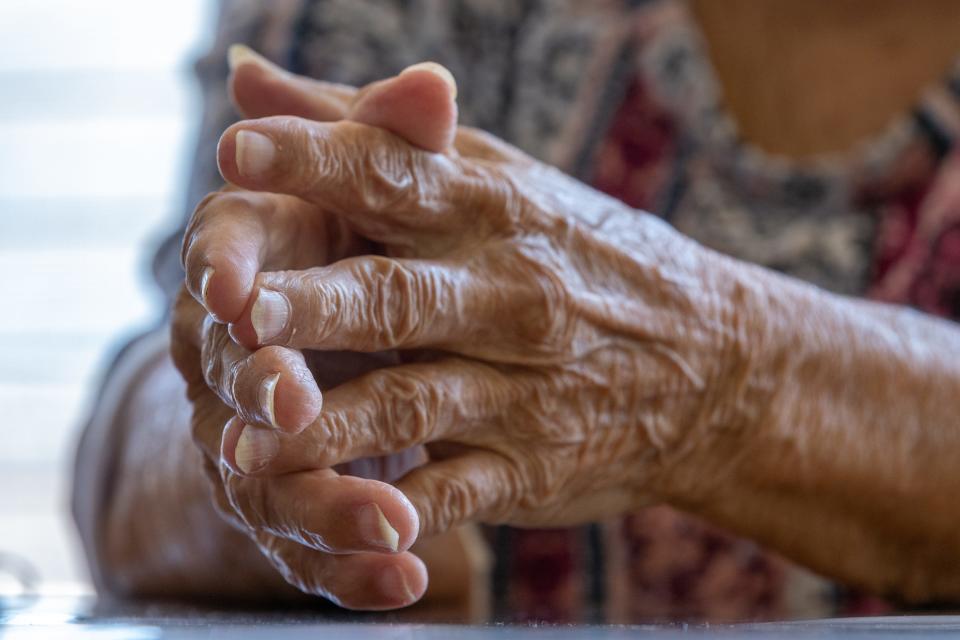
Roselli became the museum’s director four years ago, after moving to Silver City from upstate New York. He previously worked at the Rochester Museum and Science Center, where he said his proudest career moment was returning hundreds of artifacts, including face masks and human bones, to local indigenous tribes.
More: Museums nationwide lack diverse leadership. El Paso could be a leader for inclusivity.
Susan Berry, who directed the Silver City Museum from 1983-2010, said the museum did feature exhibits that celebrated Hispanic heritage. Among them were displays honoring Mexican American veterans and Chicano artists. Other shows featured low-riders and the Virgen de Guadalupe, patron saint of Mexico. The museum also collected oral histories from Chihuahua Hill residents in the early 1980s as part of the National Register application. Staff is currently working to locate the tapes of those past interviews.
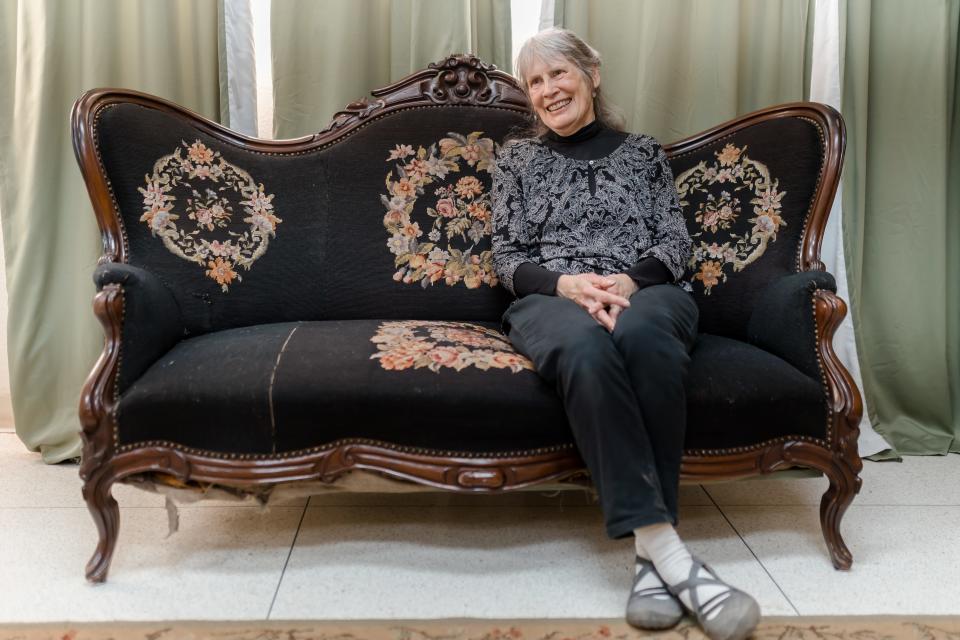
'No Mexicans or dogs allowed'
The first person Marrufo interviewed for the museum’s current project was his own maternal grandmother, 81-year-old Maria Arellano. She was born in Chihuahua Hill, the daughter of a construction worker and a domestic worker.
“It was a very poor area. We didn't even have plumbing, electricity or water,” Arellano said in her July 2021 recording. “Our streets were dirt. They didn't start paving our streets until 1960.”
Arrellano recalls that residents, not the town, would pay to have their blocks paved. Chihuahua Hill and Brewer Hill, another largely Mexican American neighborhood, were the last in town to be fully connected to the municipal sewer and water systems, according to Berry.
Manuelita “Nellie” Ordoñez, 81, remembers lining up in single file at the segregated Mexican American school in Chihuahua Hill and being forced to shower. She said those memories still make her angry.
“To me, the message was, ‘You dirty little Mexican. You have to take a bath,’” she said. “It left a scar in my heart.”
A 1928 history of Silver City's public schools said showers and baths were installed in the schools to accommodate children who lacked "modern plumbing."
Ordoñez lived in Chihuahua Hill with her husband Joe Monge, a U.S. Navy and Army veteran who worked 30 years in the Silver City police and fire department. Ordoñez keeps a family scrapbook that includes a letter from the chief of police commending her husband’s actions during a fatal traffic accident. Despite the family’s service to the community, they weren’t welcome by all of the local businesses. Ordoñez recalls a restaurant near a local hospital with a sign that read, “No Mexicans or dogs allowed.”
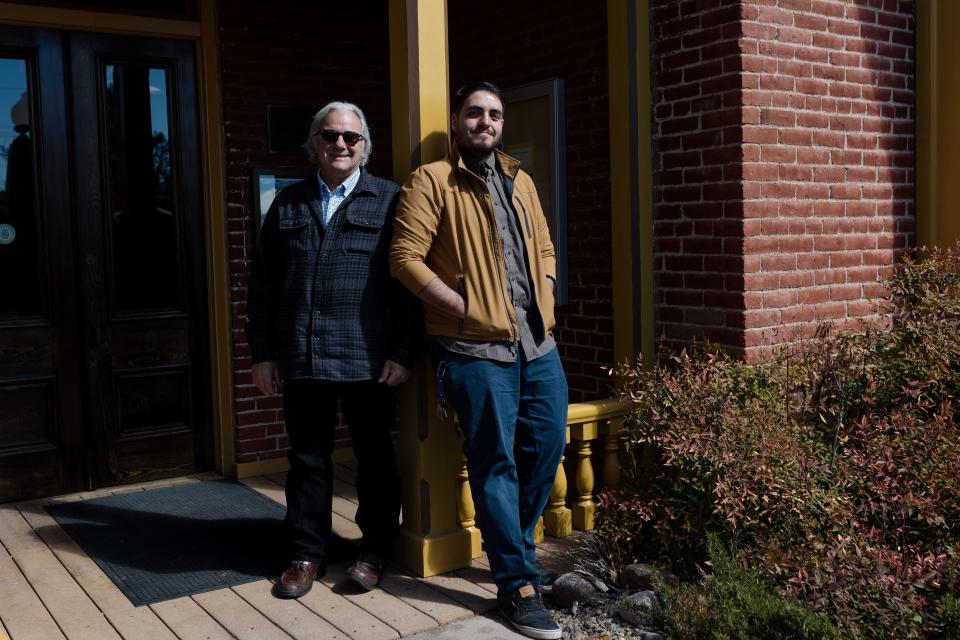
“People don't like to talk about it because it’s painful. But it happened,” she said. “The reason I talk about it now is because I want people to know that segregation did exist.”
Silver City's Hispanic leaders
Today Silver City’s population is 53% Hispanic or Latino, some of whom hold positions of local and state leadership. The town manager, Alex Brown, the chief of police, Freddie Portillo, and town councilman Joe Ray are Hispanic. Councilwoman Guadalupe Cano is a Chicana whose maternal grandparents were union leaders in the region's mining industry. New Mexico’s lieutenant governor, Howie Morales, is the son of a copper miner who grew up in Chihuahua Hill. The Silver City Museum Society, an independent fundraising group, has four Hispanic members.
At least three murals around town commemorate Silver City’s Hispanic residents. The most recent mural was done by El Paso-born artist Carlos Callejo. It wraps around the base of a newly renovated park near the summit of Chihuahua Hill. The mural depicts local religious, agricultural and mining scenes, including the 1950 Empire Zinc Mine strike, made famous in part by the movie Salt of the Earth. Portraits of the Apache leaders Geronimo and Mangas Coloradas appear on each end of the mural, an homage to some of the region’s original inhabitants. Many local Hispanic families have indigenous roots.
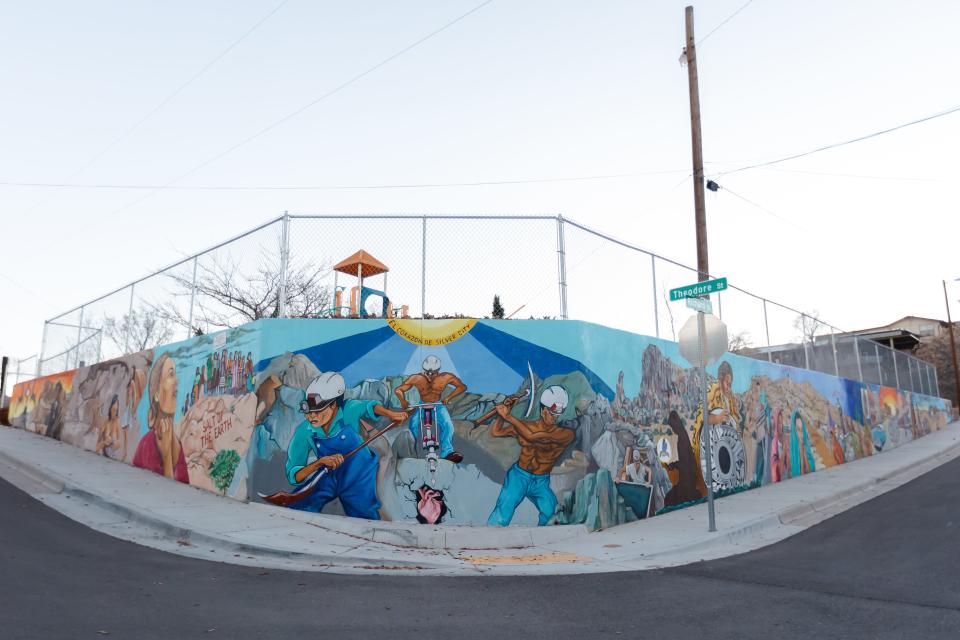
The first exhibit tied to the Chihuahua Hill project will debut March 26 at the Silver City Museum. The show will be a “behind the scenes” look into the making of the project, with the hope of encouraging more people to participate. The museum’s ultimate goal will be a comprehensive exhibit about Chihuahua Hill’s history and its people, complete with artifacts and photographs. A permanent virtual exhibit will also be on the museum’s website.
Grandma's biscochos for Christmas
For Marrufo, the significance of the project has been immensely personal.
“I've always been concerned with a lack of representation,” he said. “I grew up here and I would come to the library or to the museum as a kid, and I didn't see much of myself in it.”
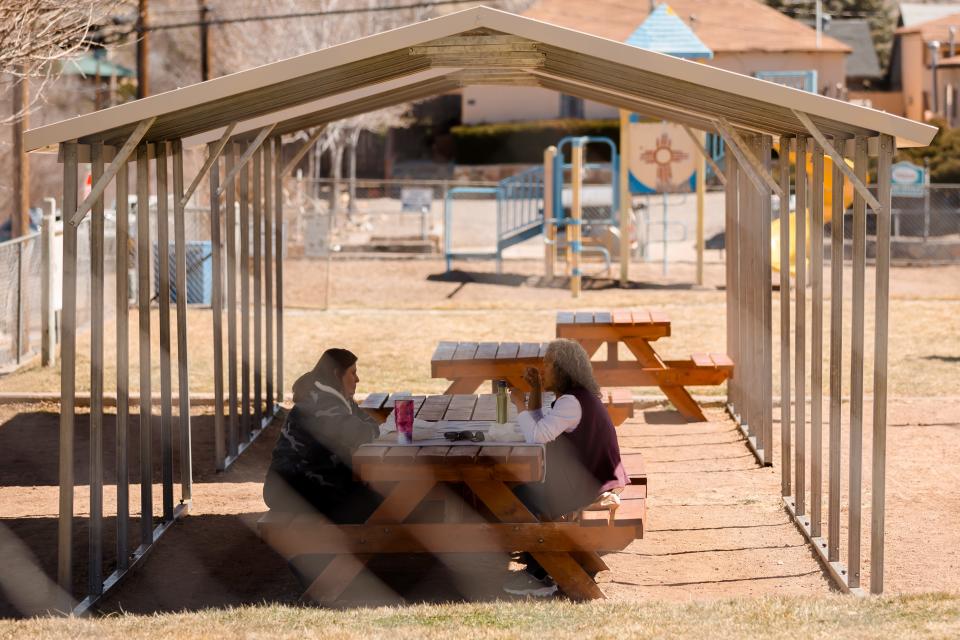
Each interview is an opportunity to capture a story that might otherwise be lost. Participants often send Marrufo home with tokens of appreciation, from a bottle of hot salsa to a guitar. He returned to their homes last Christmas with a plate of his grandmother’s biscochos, the first batch he made without her looking over his shoulder. She died Dec. 17 in the same room where her own mother passed, surrounded by family.
“I like to think I'm the one person who gets the most out of this project,” Marrufo said. “Going forward, we're going to have this huge historical resource in the museum, but also for the family members … who are going to have reminders of their loved ones.”
Mónica Ortiz Uribe can be reached at monica.ortiz@elpasotimes.com
This article draws on the research of Susan Berry and Sharman Apt Russell from the second edition of their book "Built to Last" published in 1995 by the Silver City Museum Society.
This article originally appeared on El Paso Times: Silver City Museum collects stories from Chihuahua Hill residents.

